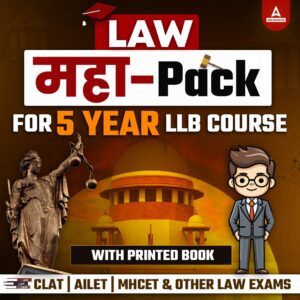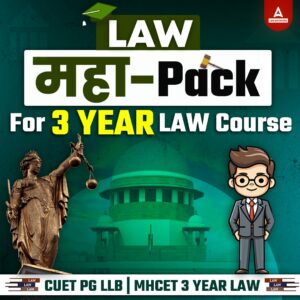Students intending to sit for the Common Law Admission Test should be aware of the significance of the Legal Reasoning for CLAT. The Legal Reasoning section is one f the most important parts of CLAT from which around 30 questions are asked every rea. Knowing the topics and importance of Legal Reasoning for CLAT will assist candidates in developing an effective approach to excel in this section and the overall CLAT exam. The importance of legal reasoning in the CLAT exam is 25% (as per the last exam). The questions in the legal reasoning segment stem from the excerpts included in the exam paper. To assist students in excelling in the CLAT exam, we offer the solved legal reasoning questions and answers for them below.
Legal Reasoning for CLAT
CLAT is the nationwide test that provides entry into renowned law schools throughout India. It is the most sought-after law entrance exam in India. Thus, the bar to pass the exam will undoubtedly be quite elevated. Applicants must address numerous complex questions within a limited timeframe across various subjects. A key component of the CLAT exam is Legal Reasoning, a concept unfamiliar to numerous students. That is why, students dread this part because of their unfamiliarity with this subject.
What is Legal Reasoning for CLAT Exam?
The CLAT legal reasoning test measures the candidate’s legal acumen and problem-solving abilities by requiring them to identify the rules and principles outlined in the passage and analyze how a change in those rules may alter the outcome of a specific circumstance. The consortium of NLUs (administrative agency of CLAT) specifies that no prior legal expertise is required. To accurately answer the questions, candidates must have a conceptual comprehension of laws and moral concepts.
Check: CLAT 2026 Exam Date
Legal Reasoning for CLAT Overview
The overview table of the Legal reasoning section of the CLAT exam is given hereunder.
| Particulars | Details |
| Number of paragraphs in Legal Reasoning section | 4 to 6 |
| Number of questions | 28-32 |
| Marks | 28-32 |
| Negative Marking | 0.25 Marks |
| Difficulty level | Moderate with legal & technical language |
| Important topics | Law of Contracts, Jurisdiction, Volenti Non fit Injuria, Personal Law, legal maxims, Constitution, etc. |
Legal Reasoning for CLAT 2026
The question paper of the CLAT exam consists of 28 to 32 legal reasoning questions. The number and pattern of questions of the legal reasoning for CLAT 2026 is expected to remain the same. The questions of the Legal Reasoning section will be in MCQ format. Each question is worth one point, with a 0.25-point deduction for each incorrect response.
Candidates should be aware that some other areas of the Common Law Admission Test (CLAT), such as general knowledge and current affairs, and English comprehension, may include paragraphs from legal journals and publications. As a result, having a solid understanding of CLAT legal reasoning and legal affairs can benefit candidates in other parts as well.
Types of Questions in Legal Reasoning Section of CLAT Exam
Legal Reasoning Questions are comprehension questions that focus on principles and facts. You are given a legal statement (principle) in the form of a passage, as well as a set of facts to which the proposition (principle) must apply. When solving legal reasoning questions, you should reject any prior information and strictly understand the principle as stated.
Check: CLAT UG and CLAT PG Syllabus 2026
Features of CLAT Legal Reasoning Section
Some of the features of the CLAT legal reasoning questions are given hereunder.
- CLAT 2026 Legal Reasoning Questions assess the students’ ability to reason legally, conduct research, and solve problems.
- The Legal Reasoning portion assesses candidates’ legal knowledge and ability to apply legal principles to a given factual scenario.
- This section evaluates legal knowledge, research aptitude, and problem-solving abilities. The Indian Penal Code, Tort Law, and Contract Law are all important topics to understand.
- Aspirants may also be tested on principles from the Criminal Procedure Code, Family Law, Miscellaneous International Laws and Conventions, and so on.
Nature of Questions in CLAT Legal Reasoning Section
According to the CLAT exam structure, the legal aptitude part will comprise questions about legal reasoning, legal knowledge, and assertion-reason-based questions. This section will consist of four to five 450-word passages, followed by questions. The previous year’s Common Law Admission Test (CLAT) paper followed a pattern in which the majority of the questions focused on the application of legal principles to real situations. These passages will be sourced from news articles, editorials, and journals.
Know: CLAT Seat Matrix
Topics to Study for Legal Reasoning for CAT
By studying these topics and practicing legal reasoning problems with answers, students will be better prepared for the CLAT 2026 exam.
-
Moral philosophical enquiries
-
Public policy questions
-
Awareness of contemporary legal and moral issues
- Recent legal news both current and static
Legal Reasoning for CLAT 2026: Solved Questions
The questions and answers for the Legal Reasoning section for CLAT 2026 exam is given herein for those students who want to take the CLAT UG exam.
Legal Agreement
The validity of a contract, the first requirement of a valid contract is an agreement. Every promise and all set of promises, forming the consideration for each other is an agreement. When a person to whom the proposal is made defines his assent, the proposal is said to be accepted. A proposal, when accepted, becomes a promise. An agreement is valid when one party makes a proposal or offer to other party signifies his assent.
The following are required for a valid agreement. (1) The agreement must be between two persons. It is required to be between an offeror and an offeree, who accepts the offer becomes an acceptor. Both these parties should be different persons, as one cannot enter into an agreement with himself. (2) Both the offeror and offeree in the same sense and at the same time should understand the agreement. Sometimes, there may be invitations to offer in case of advertisement of products.
An agreement to mature into a contract must create legal obligation as per the provision of contract laws that is a duty enforceable by law. Any agreement which does not create any enforceability, i.e. where the parties do not have a right to approach the court of law to avail legal remedy for breach of contract will not be a contract. This is displayed through the intention to enter into a legally binding contract which is different from a mere promise. Parties must know that if any one of them fails to fulfil his/her part of the promise, he/she would be liable for the failure of the contract.
Consideration is described as something in return. It is also vital for the validity of the contract. A promise to do something or to provide something without anything in return will not be enforceable at law and, therefore, will not be valid. Consideration need not be in kind or cash. A contract without consideration is a wagering contract or betting. Besides, the consideration must also be lawful. There is no requirement of these principles being only applicable to natural persons, they are equally applicable to corporations that qualify as legal persons.
Q 1. A wishes to buy 10KGs of rice from B. He writes a letter to B stating the same. B states that he would charge Rs. 100 per KG of rice and would be able to supply the same. A agrees to buy rice from B.
(A) A is the offeror and B is the offeree. B’s acceptance of A’s offer constitutes an agreement
(B) B is the offeror and A is the offeree. A’s acceptance of B’s offer constitutes an agreement.
(C) A is the offeror and B is the offeree. Since acceptance was not conveyed the first time, no agreement is constituted
(D) B is the offeror and A is the offeree. Since acceptance was not conveyed the first time, no agreement is constituted
Ans: (B) B is the offeror and A is the offeree. A’s acceptance of B’s offer constitutes an agreement.
Q 2. Please refer to the facts above. When B wrote a letter to A stating the price of the contract, A did not write back to B. B, however sent 10 KGs of rice to A’s home and now demands money.
(A) A’s initial offer signifies his interest in making an offer and a contract is formed.
(B) B’s letter to A is an acceptance of A’s offer and thus a contract is formed
(C) A should not have ordered such huge quantities of rice in the first place
(D) A did not respond to B’s letter and hence never accepted the offer
Ans: (D) A did not respond to B’s letter and hence never accepted the offer
Q 3. A saw outside B’s shop an advertisement that stated that rice is being sold for 20 Rs a KG. He rushed inside and loaded 10 KGs of rice in a bag. When he reached the counter, he was refused the sale of rice at such a low price. Decide
(A) A should be given the rice at the said price as B was bound by a contract
(B) A should not be given the rice as no contract had been formed
(C) A should be given the rice as A accepted the offer that was put for public display by going to the shop
(D) A should not be given the rice as the advertisement was not an offer but only an invitation to offer.
Ans: (C) A should be given the rice as A accepted the offer that was put for public display by going to the shop
Q 4. A owns a group of industries across various sectors in the market. His steel corporation is running short of money and requires immediate financial assistance to support its expansion plans. As there was no time, the banking corporation owned by A gave credit to the steel corporation.
(A) This is a valid contract as there are two legal persons involved
(B) Both corporations are controlled by the same owner. There are no two persons involved and the contract is invalid
(C) The contract is valid for offer and acceptance was given
(D) None of the above.
Ans: (B) Both corporations are controlled by the same owner. There are no two persons involved and the contract is invalid
Q 5. A wishes to buy B’s white coloured truck. When he went to speak to B however, he stated that wanted to buy B’s truck. He did not know that B had two trucks one white and one blue. B thought that A was talking about his blue coloured truck. B agreed to sell and A agreed to buy. Decide
(A) This is a valid contract as the parties had the same thing in mind i.e. truck.
(B) This is an invalid contract as the parties did not have the same thing in mind while contracting.
(C) This is a valid contract for the colour of the truck is immaterial.
(D) Law should not take note of trifles.
Ans: (B) This is an invalid contract as the parties did not have the same thing in mind while contracting.
Q 6. A’s father tells him over dinner “If you score 100 marks in you exam tomorrow, I’ll buy you a motorcycle”. A scores 100 marks but father later refuses. A sues his father
(A) This is a valid contract as there was an intention to enter into a legally binding contract.
(B) This is an invalid contract as there was no intention to enter into a legally binding contract.
(C) This is an enforceable contract as there was an intention to enter into a legally binding contract.
(D) This is an unenforceable contract as there was no intention to enter into a legally binding contract.
Ans: (B) This is an invalid contract as there was no intention to enter into a legally binding contract.
Also Check: CLAT Marks vs Rank
Legal Reasoning for CLAT- Preparation Strategies
Cracking legal reasoning is simple if one takes the appropriate approach to this part. Candidates should review and practice with past CLAT question papers and sample papers to improve their speed and familiarity with the questions. There are also some fantastic works on legal reasoning that can help you establish a solid conceptual understanding of many themes. Important strategies and tips that a candidate must remember while taking the legal reasoning section:
- The first and most critical step is to carefully read the passage and determine the idea laid forth in it.
- The questions will include both straightforward and legal reasoning-based problems. The simple questions will assess the ability to present the best conclusion or supporting argument regarding the legal topic.
- For the legal reasoning questions, students will be given hypothetical situations and must decide the issue based on the legal ideas presented in the passage.
- After reading the passage, proceed to the questions. Read each question carefully to discover if it refers to the same facts as those in the passage or to different ones.
- Once you’ve discovered the passage’s concepts and facts, try breaking them down into smaller components to help you solve questions.
- A paragraph can contain more than one idea or group of circumstances. Determine which principle is relevant to the question that is being asked.
- Read the passage and the question in their simplest form. Do not attempt to answer the question based on previous knowledge. The consortium will not expect you to be a master of the law before you have studied it.
Study Resources for CLAT 2026 Legal Reasoning Section
CLAT study materials are very significant in a student’s preparation. Candidates must resort to authentic study materials rather than any random stuff found on the internet. The following is a collection of relevant books and other learning resources for CLAT 2026 legal reasoning section:
-
Newspapers such as – The Hindu and The Indian Express
-
Legal journals
-
Legal Awareness and legal aptitude by AP Bhardwaj
- LexisNexis Butterworths
-
Universal’s CLAT Guide
-
News and editorial analysis
-
Legal current affairs

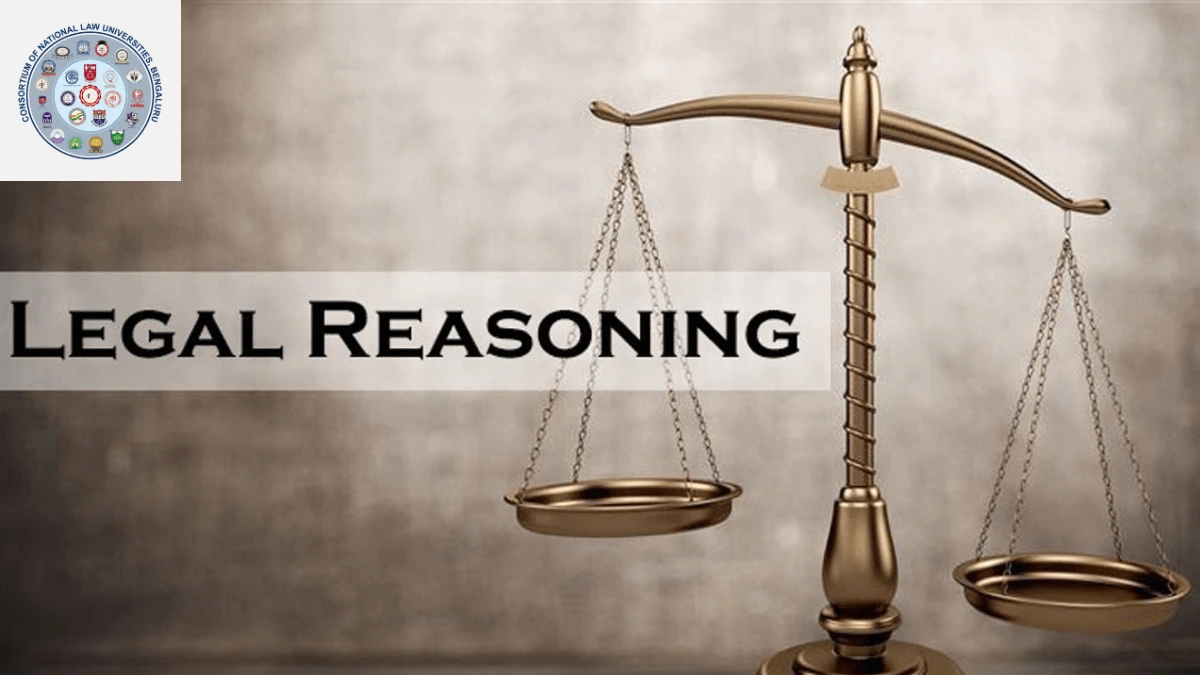

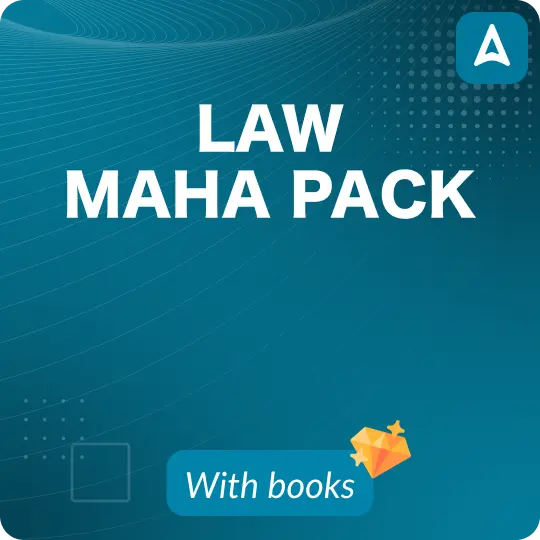







 SLAT 2026 Exam Date Out, Check Eligibil...
SLAT 2026 Exam Date Out, Check Eligibil...
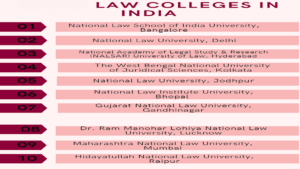 AILET Colleges 2026 List Out, Know Which...
AILET Colleges 2026 List Out, Know Which...
 AILET Exam Pattern 2026, Check Marking S...
AILET Exam Pattern 2026, Check Marking S...
